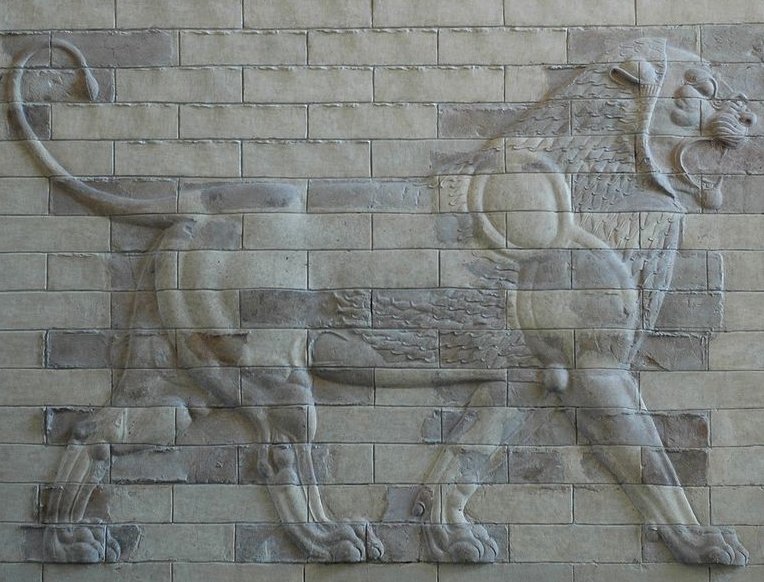When south of the equator the Sun
was in the vicinity of the Ghost of Jupiter it
could therefore have been interpreted as the
return of his living spirit (manu rere) -
the opposite of his turning into a ghost.
|
Papa O Pea |
 |
 |
 |
 |
 |
|
Ga4-5 |
Ga4-6 |
Ga4-7
(91) |
Ga4-8 |
Ga4-9 |
|
Al
Jabhah-8 /
Maghā-10 |
λ Hydrae
(153.2) |
Adhafera,
Tania Borealis, Simiram (154.7) |
Algieba,
q Carinae (155.5) |
Tania
Australis (156.0),
Ghost of Jupiter
(156.8) |
|
10h
(152.2) |
|
AL
JABHAH
(152.4),
Regulus
(152.7) |
|
Hora Iti
20 (*152) |
21 |
22 |
23 |
24 (236) |
|
║Aug 16
(*148) |
17 |
18 (230) |
19 |
20 |
|
'July 24 |
25 (206) |
26 |
27
(*128) |
28 |
|
"July 10
(*111) |
11 |
12 (193) |
13 |
14 |
|
ι Pegasi (335.0), Alnair
(335.1), μ Piscis Austrini, υ Piscis Austrini
(335.3), Woo (335.7), Baham, τ Piscis Austrini
(335.8) |
ζ
Cephei (336.2), λ Cephei (336.3), -/270 Lac.
(336.7), λ Piscis Austrini (336.8) |
ε Cephei (337.2), 1/325
Lac. (337.3), Ancha (337.4), α Tucanae (337.9) |
Al Sa'ad
al Ahbiyah-23 /
Shatabisha-25 |
β/172 Lac. (339.2),
4/1100 Lac. (339.4), π Aquarii (339.5)
Castor
|
|
ρ Aquarii (338.2), 2/365
Lac. (338.5), SADACHBIA
(338.6) |
|
Febr 19
(*335) |
20 |
21 |
22 (53) |
23 (419) |
|
║Febr 15
(46) |
16
(*332) |
17 (413) |
18 |
19 (50) |
|
'Jan 23
(*308) |
24 (55) |
25 |
26 |
27 (392) |
|
"Jan 9 |
10 (*295) |
11 |
12 |
13 (378) |
Possibly
the return of his manu rere was imagined to occur in Leo
where far down south (Toga) the Milky Way had reached the
very bottom, at the Sunken Ship, emptying itself of spirits about to
be reborn:

I do not
assume the creator of the G text necessarily must have known about
the existence of NGC 3242 closely before
μ Hydrae, because once the structure
could have been common knowledge all over the world. For instance
had the ancient Babylonians located the sign of Jupiter here,
between Crab, Lion, and Serpent:



The right front leg of the
Lion is here prolonged upwards into a resemblance of the figure of 8
open at bottom, with the star Regulus as a pronounced 'stone'.
In South America the Leo
figure with Regulus on the ecliptic path of the Sun was well known:

Also Pollux
and Procyon are easy to recognize. Procyon on one side of the Milky
Way forms a triangle with Rigel and Sirius on the other side.
Another
triangle, oppositely oriented, can be imagined to be formed by
Pollux and Procyon together with Regulus. However, this is rather a
quadrangle, with Regulus like a reflection of Aldebaran on the other
side of the 'mirror surface' between Pollux and Procyon.
Possibly
the kava glyph originated from the stars of the prolonged
foreleg of the Lion.:
 |
|
kava |
|
At the
end of the old year, when old sun has stopped moving and
a new one is needed, the whole community is engaged in
activities preparing for the new year, sweeping out all
the old. So it was among the Maya and so it presumably
was also on Easter Island.
|
... the name [Vindler, one of the
epithets of Heimdall] is a subform of
vindill and comes from vinda,
to twist or turn, wind, to turn anything
around rapidly. As the epithet 'the turner'
is given to that god who brought
friction-fire (bore-fire) to man, and who is
himself the personification of this fire,
then it must be synonymous with 'the borer'
...
The Sibyl's prophecy does not end with the
catastrophes, but it moves from the tragic
to the lydic mode, to sing of the dawning of
the new age:
Now do I see / the Earth anew / Rise all
green / from the waves again ... / Then
fields unsowed / bear ripened fruit / All
ills grow better ... |
The
ceremonies held reflect what is happening up in the sky.
A new fire on earth will be in harmony with a new fire
in the sky. Kava will make the eyes more
sensitive, generating an illusion of returning light.
Possibly the kava glyph type sometimes
illustrates a bolt of lightning. At other times the
glyph type may depict a ginger root.
The
kava glyph type seems to have been used in the
rongorongo calendars to mark where the new fire is
generated. |
 |










